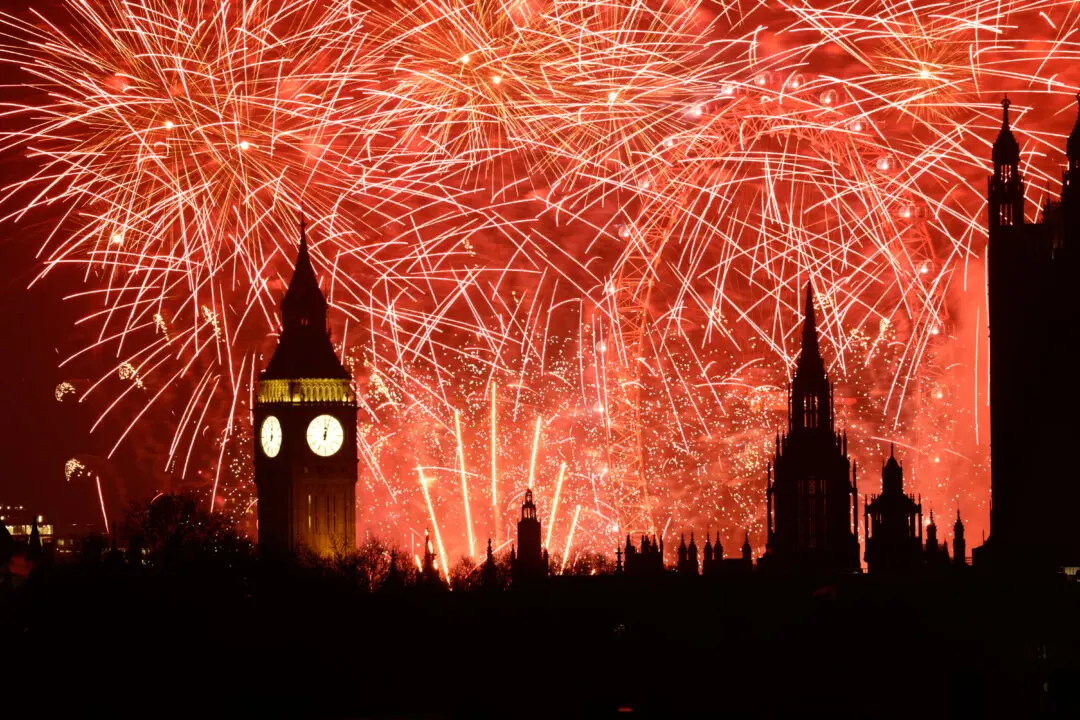This is the tenth in a series of articles by Epoch Times staff describing the foundations of Chinese civilization, and setting forth the traditional Chinese worldview. The series surveys the course of Chinese history, showing how key figures aided in the creation of China’s divinely-inspired culture. This installment outlines the peacetime accomplishments of Emperor Qin Shi Huang.
Though Qin Shi Huang ruled for just 12 years, and his dynasty fell soon after his death, the emperor created the concept of China familiar to us today—a vast civilization of varied culture and ethnicity sharing a common identity and the same written language.






